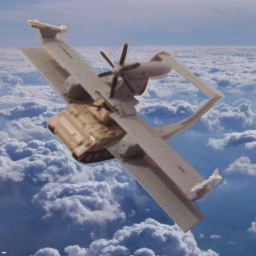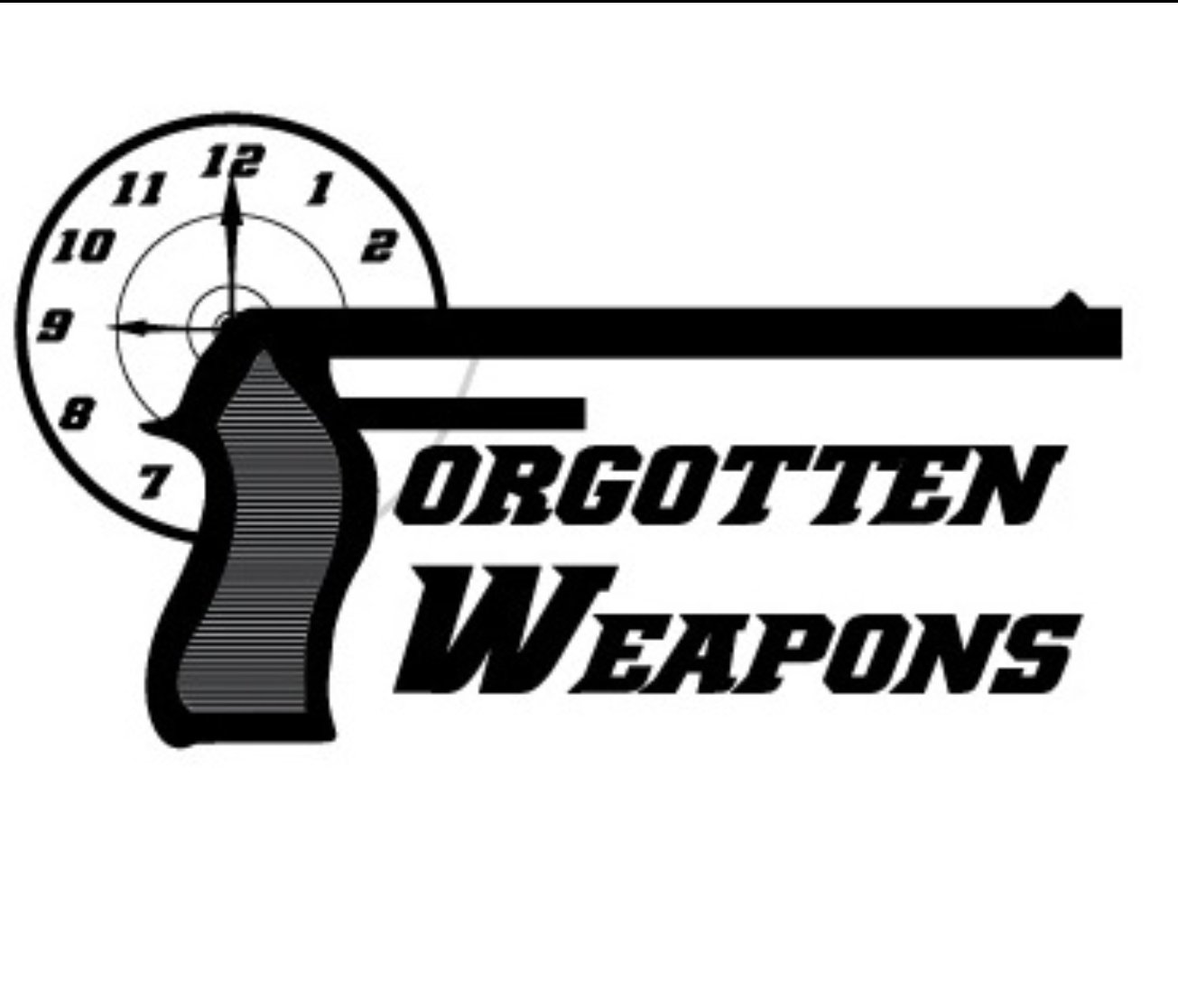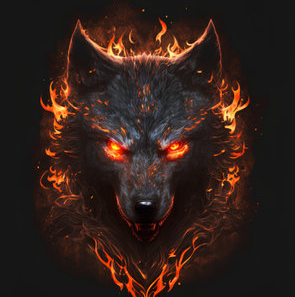Cripple. History Major. Irritable and in constant pain. Vaguely Left-Wing.
- 593 Posts
- 376 Comments

 7·2 days ago
7·2 days agoBlack and White, my love
Actual fact: Americans don’t learn about John Brown because John Brown’s existence highlights a lot of ugly truths about American history, the American people at the time, and how corrupted the core of the American experiment really is.
John Brown is a very well known figure in the US, and widely taught about.
I am beyond learning; I am a living lesson to all who know me 🙏
Idk, banning any slight USA “criticism” (if that’s even what that was) feels like unnecessary shrinking the community, but modding is work too & someone has got to do it … then again vibe banning feels like a wrong way forward.
It wasn’t about “USA criticism”, but the idea that South Korea is an American ‘colony’ is not only bizarre but a common tankie canard - one which you repeated in several comments in that thread.
Generally I don’t think ppl should be banned solely on pov (without being uncivil or something actually bad). No warning or a chance to reply. Just ban.
POV is often something actually bad. I’m not here to make the comms I moderate a safe space for campists and fascists or their talking points. If you want to talk bullshit about ‘occupied Korea’, that’s what the tankie triad is for.
This isn’t a metaphorical Nazi bar, and I’m not about to let it become one no matter how politely it’s phrased.
I have no patience for campism, which puts me on the bad side of many people on here who adore playing tribalist games about how some atrocities and some racism is good, for some bizarre fucking reason.
Separately, I argue with a very bitter tone, which also puts me on the bad side of many people, and those folk are much more justified in feeling negatively towards me.
Explanation: In Ukraine in the aftermath of the October Revolution, much of Ukraine was controlled by anarchists, largely following Nestor Makhno. At a significant material disadvantage in comparison to the Red (Bolshevik) and White (Tsarist) Armies, the Black (Anarchist) Army made widespread use of improvised mobile machine-gun platforms called tachankas… which were horse or mule-drawn carts with a machinegun tossed on the back, lmao. With these, they managed to repel Tsarist forces, despite extremely limited support from the Red Army.
If it works, it works!
Utter genius, how did you figure out how the horsey move???

 191·5 days ago
191·5 days agoExplanation: In WW1, Austro-Hungary started shit with Serbia, and then dragged Germany into a war against the supermassive Triple Entente alliance consisting of the UK, France, and Russia. Germany and Austria lost that war.
In WW2, Hitler, an Austrian, took control of Germany and then started shit with most of the world, and then blew his brains out at the end of the war when he realized that Germany was no match for the entire rest of the fucking world.
IT’S ALWAYS AUSTRIA’S FAULT
Just wave 'em through, it’s been a long night

 6·5 days ago
6·5 days agoThe Holy Hand Grenade of Artois!
If only my apartment allowed pets 😔

 1·6 days ago
1·6 days agoChoco-chip

 11·7 days ago
11·7 days agoExplanation:
https://en.wikipedia.org/wiki/Grigory_Kulik
At the beginning of the Russian Civil War, his friendship with the Bolshevik Kliment Voroshilov caused him to join the Red Army, resulting in an introduction to Stalin and the command of the artillery of the 1st Cavalry Army (co-led by Stalin and Voroshilov) at the Battle of Tsaritsyn during 1918.[dubious – discuss]
The position was almost entirely political in nature, a reward for Kulik joining the Reds and his loyalty to Voroshilov; Kulik himself did not have any experience with gun laying or commanding artillery crews, and the whole Bolshevik artillery force in Tsaritsyn consisted of 3 obsolete artillery pieces. Despite having little to no perceivable effect on the outcome of the battle, Kulik’s performance greatly impressed Stalin.
After the Civil War, Kulik continued as one of Stalin’s favored and most politically reliable generals during Poland’s 1919 invasion of the Soviet Union, which he commanded personally. His poor performance resulted in him being replaced by the former cavalry NCO Semyon Budyonny. Unfazed, Stalin promoted Kulik to the post of First Deputy People’s Commissar for Defense directed by Voroshilov.
In 1937, Kulik was appointed chief of the Main Artillery Directorate, making him responsible for overseeing the development and production of new tanks, tank guns and artillery pieces.
Kulik retained his opinions of the Red Army as it was during 1918, the last time he had had a field command. He denounced Marshal Mikhail Tukhachevsky’s campaign to redevelop the Red Army’s mechanized forces into independent units like the Wehrmacht’s Panzerkorps; the creation of separate divisions allowed them to use their greater maneuverability for Deep Battle-style maneuver warfare, rapidly exploiting breakthroughs rather than simply assisting the infantry. Correctly sensing that Stalin considered these new ideas as potential threats to his authority, Kulik successfully argued against the change.
…
Kulik criticized Marshal Voroshilov’s endorsement of the production of the T-34 tank and his namesake KV-1 tanks, both of which would prove instrumental to the survival of the USSR. After Kulik was overruled by Stalin and ordered to produce the tanks anyway, he began deliberately delaying the production of ammunition and guns, resulting in a drastic shortage of 76.2mm shells. At the start of the war, no more than 12% of the T-34 and KV-1 tanks had a full ammunition load; few had any anti-tank rounds, most had no more than a few high explosive shells, and a shocking number had to rely solely on their coaxial machine guns, having no 76.2mm rounds at all.[8] Many T-34 and KV-1 tanks were sent into battle underarmed and eventually had to be abandoned by their crews when they ran out of ammunition.
Prior to and during the early period of the war with Germany, Kulik interfered with the armament of the T-34 and KV-1 tanks. Though it was both more effective and cheaper than the L-11 gun then in use, Kulik opposed the adoption of the F-34 gun designed by Vasiliy Grabin’s workshop at the Joseph Stalin Factory No. 92, as he was a political patron for the Leningrad Kirov Plant, which manufactured the L-11. Due to his status, the relevant armament bureaucrats failed to approve the newer gun for fear of retaliation. This eventually necessitated a rushed retrofit of the KV-1 and T-34’s gun in the midst of the German invasion when it became apparent that the L-11 could not reliably penetrate even the lightly armored Panzer III, which was arriving in large numbers. This was facilitated by Grabin’s disobedience; with the endorsement of Kulik’s political enemies, he had secretly ordered the manufacture of a reserve stock of F-34 guns, predicting that they would soon be needed and that his decision would be lauded by Stalin once the gun had proven itself in battle. Grabin was correct; Kulik’s objections were outweighed by the many letters from Soviet tank crewmen to Stalin endorsing the new gun.
Kulik also disparaged the use of minefields as a defensive measure, considering this to be at odds with a properly aggressive strategy and terming minefields “a weapon of the weak.” This decision allowed for the essentially free movement of German forces across Russian defensive lines during Operation Barbarossa, with static defensive strongpoints being bypassed easily by Panzer spearheads and surrounded by infantry, forcing the defenders to surrender. He also zealously endorsed Stalin’s exhortations against retreat, allowing whole divisions to be encircled and annihilated or starved into surrendering en masse. Eventually, after Kulik’s demotion, the laying of multiple layers of anti-tank mines proved instrumental for both the successful defense of Leningrad during the German siege and the successful defensive actions against much stronger German armored forces at the Battle of Kursk.
Kulik similarly scorned the German issue of the MP-40 submachine gun to their shock troops, stating that it encouraged inaccuracy and excessive ammunition consumption among the rank and file. He forbade the issue of the submachine gun PPD-40 to his units, stating that it was only suitable as a police weapon. It was not until 1941, after widespread demand for a weapon to match the MP-40 again overruled Kulik’s restrictions, that a simple modification of the manufacturing process for the PPD-40 produced the PPSh-41, which proved to be amongst the most widely produced, inexpensive and effective small arms of the war, considered by many German infantrymen to be superior to the MP-40, with whole companies of Russian infantrymen eventually being issued the weapon for house-to-house fighting.
Kulik refused to endorse the production of the innovative Katyusha rocket artillery system, stating “What the hell do we need rocket artillery for? The main thing is the horse-drawn gun.”[9] Although it could have been produced much earlier in the war without his meddling, the Katyusha rocket artillery system eventually proved to be one of the most effective Soviet inventions of the war and a major advance in artillery technology.
…
Years after his appointment as Chief of Artillery (and his poor performance in two separate wars), Nikita Khrushchev questioned his competence, causing Stalin to rebuke him angrily: “You don’t even know Kulik! I know him from the civil war when he commanded the artillery in Tsaritsyn. He knows artillery!”[9]
Soviet Marshal Grigory Kulik was the Nazis’ strongest soldier.
Man just wants to be respected as a fully-realized horror with his own thoughts, feelings, and brutal craving for violence and cannibalism, and this girl treats the poor monster like a piece of meat, so sad 😔
Solution: never stop to think about it
Checked the comment section in The Old Place, and:

Can’t say as to whether any of that is true, but that’s the story it came with, lmao

 22·10 days ago
22·10 days agoDamn, did the lieutenant never hear the phrase “Hurry up and wait”?





Eidle, eidle eee! Eidle eidle eee! We just can’t set sail 'til we get some more wood!